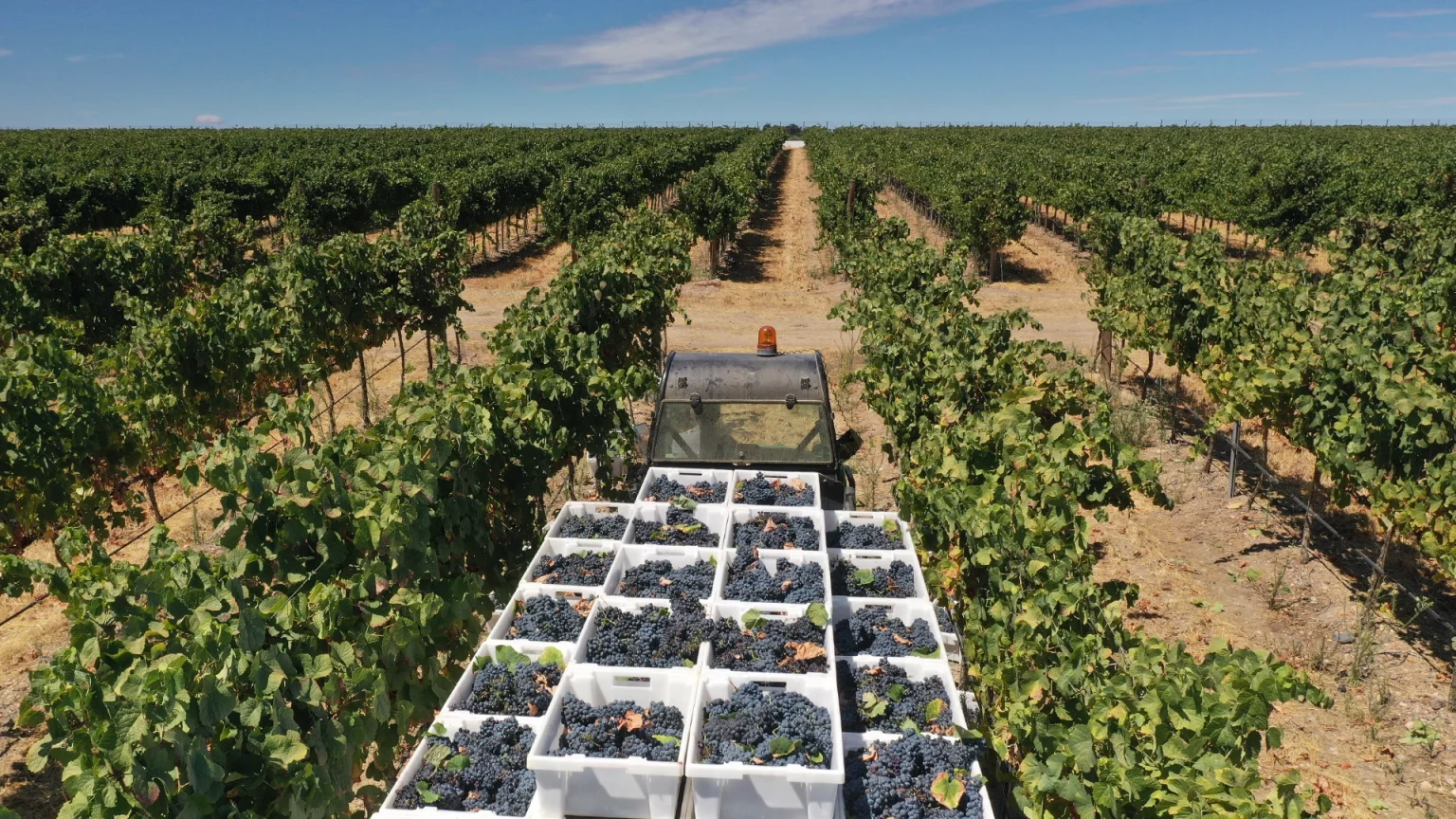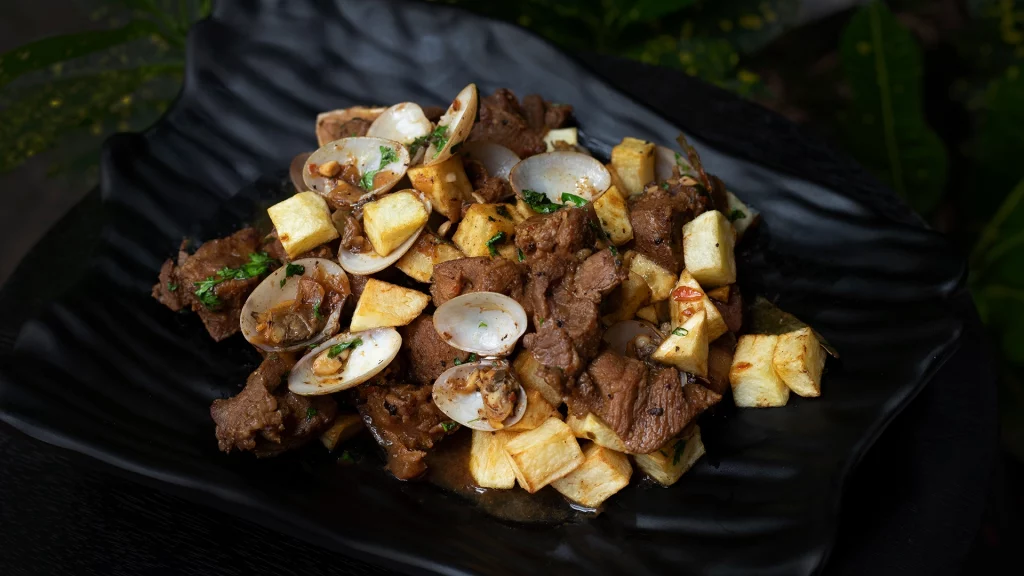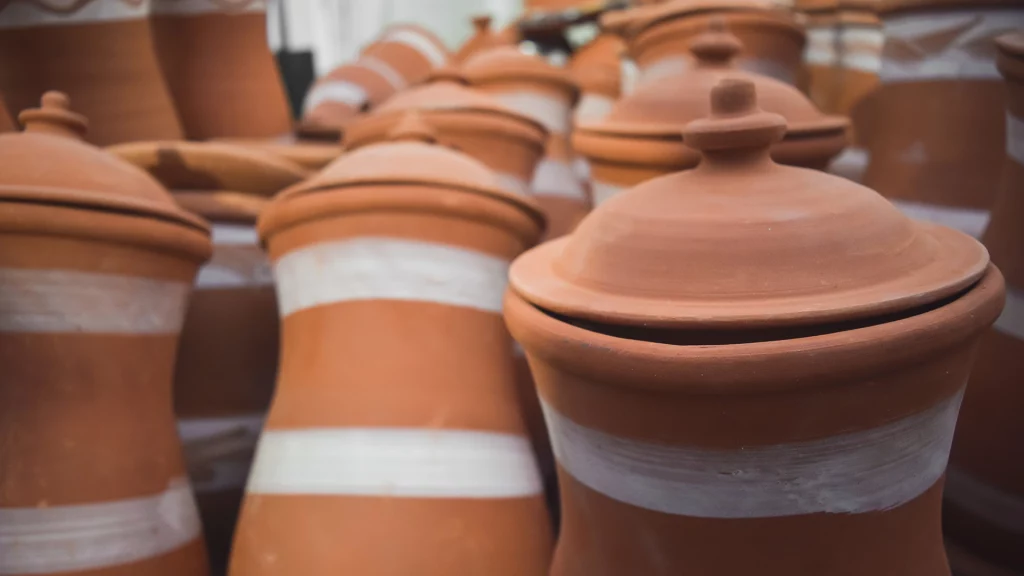The Alentejo vineyards stretch across plains and mountains, covering an area of about 22,000 hectares in the western Mediterranean landscape. At the end of the last century, thanks to the joint and local efforts of the winegrowers – responsible for planting and growing the vines – and the winemakers – accountable for producing the wine – the region became part of the national wine production map. The wines of Alentejo broadened the range of notes and fragrances offered by traditional northern Portuguese wines, remarkable for their quality, which was soon recognised nationally and internationally.
Despite its small size, Portugal is home to a wide geodiversity. Precisely for this reason, it is one of the countries that offer the world the most significant number of native grape varieties, meaning the types of vines that only exist in a given territory.
Some of these grape varieties are native to the Alentejo region and bear their specificity in three major national wine regions: one in the north of Alentejo, in the slopes of the São Mamede mountains and the geographies of Portalegre-Marvão, another in the centre, in the transitional Alentejo of the Borba-Estremoz regions, and another further south, in the hot and dry plains of Vidigueira-Cuba.
The taste of Alentejo wines is diverse and imbued with the geography, soul, and history of the people who grow, care for and promote them every day in Portugal and around the world.
Wines of Alentejo: demarcated regions and famous grape varieties
Wine tourism in Alentejo has seen a surprising development in recent decades. It has led many regional producers to open their doors and offer wine-tasting experiences and cultural events. The Alentejo Wine Route offers visits to the region’s different wineries, including tastings of the most prestigious local wines, safaris in the countryside, picnics to savour the local gastronomy, and hot air balloon rides. The wineries also provide a truly immersive experience regarding the wines of Alentejo and the landscape that produces them, the land where the vines grow, the people, traditions, and history.
If the wine quality depends on the vineyard’s quality, it also depends on the place and the people who grow it. The Alentejo terroir, a term used to describe the factors influencing wine production, is globally unique. It is a true national heritage that must be preserved.
Wines of Alentejo: grape varieties
Alentejo grape varieties have vines with foliage and bunches of different sizes, shapes and flavours, which produce wines with unique flavours, hard to find anywhere else and with such a distinctive character that their production is clearly aimed at the gourmet market.
These are wines that draw the best out of the dark Mediterranean soils, with a loose and grainy texture, which gave rise to eight regions of the so-called Alentejo Designation of Origin, where most of the production is found: Portalegre, Borba, Reguengos, Redondo, Évora, Moura Vidigueira, and Granja-Amareleja.
The grape varieties in these regions bear the soul of the place and its people. Perfectly adapted to each location’s geography and weather conditions, they produce wines that display the techniques and specificities of the regional culture in which they are located.
The potential and wealth of Alentejo’s Old Vines
The wines of Alentejo are living proof of the diversity of a region where one may be surprised by different flavours, landscapes, and food which, in a single geography, provide an experience of all the other Alentejo souls that dwell in harmony to the south of the Tagus.
In some of these regions, the presence of Vinhas Velhas, or Old Vines, is one of the factors behind such diversity. The wine from these vineyards has a strong identity, mirroring the history of the terroir in which it was produced.
A vine is considered Old when its vineyards are 25 or more years old, but it is 50 years of age that, for many oenologists, define the optimal moment for Old Vines to produce their most unique and exceptional wines. One of the reasons for this singularity is that, at 50 years of age, the vine has fewer grapes but with higher phenolic concentrations, the substances that most accentuate the aromas, flavours, textures, and colours of the final wine.
In these Old Vines, maturation is more consistent as the deeper roots prevent the vines from being damaged by more extreme weather conditions such as drought and are therefore considered by many to be true “gems” of the wine regions.
The Old Vines in Quinta do Paral: sustainability in tradition
The Old Vines produce intense, elegant, and complex grape varieties. As such, they are a heritage to be preserved, and precisely their preservation is part of the legacy that the Quinta do Paral project intends to celebrate in the heart of the Alentejo.
Located on the geographical fault of Vidigueira, which divides the lower and upper Alentejo, Quinta do Paral is a bridge between the cool mountains to the north, the calm waters of the Guadiana to the east, and the vast plains to the south.
In this region, where excavations of the Roman Villa of São Cucufate revealed evidence of Vidigueira’s timeless winemaking vocation, Quinta do Paral, acquired in 2017 by German businessman Dieter Morszeck, gives shape to a wine tourism project. Its purpose is to share the stories and memories of the wine produced since the time of the Roman Empire on the hills and ridges that mark the Vidigueira landscape. However, production has been interrupted several times over the centuries of national political history.
Quinta do Paral boasts over 50 hectares, 13 of which are planted with over 50 years old vines. These include the Perrum, Tinta Grossa, Antão Vaz, and Aragonês vine varieties and younger wines of international varieties such as Chardonnay, Sauvignon Blanc, Petite Sirah, Vermentino, and Viognier.
The charms of the Alentejo terroir and way of life prompted this family project, which includes producing extra virgin olive oil from century-old olive trees while respecting the best agricultural practices regarding sustainability and the Alentejo tradition.








